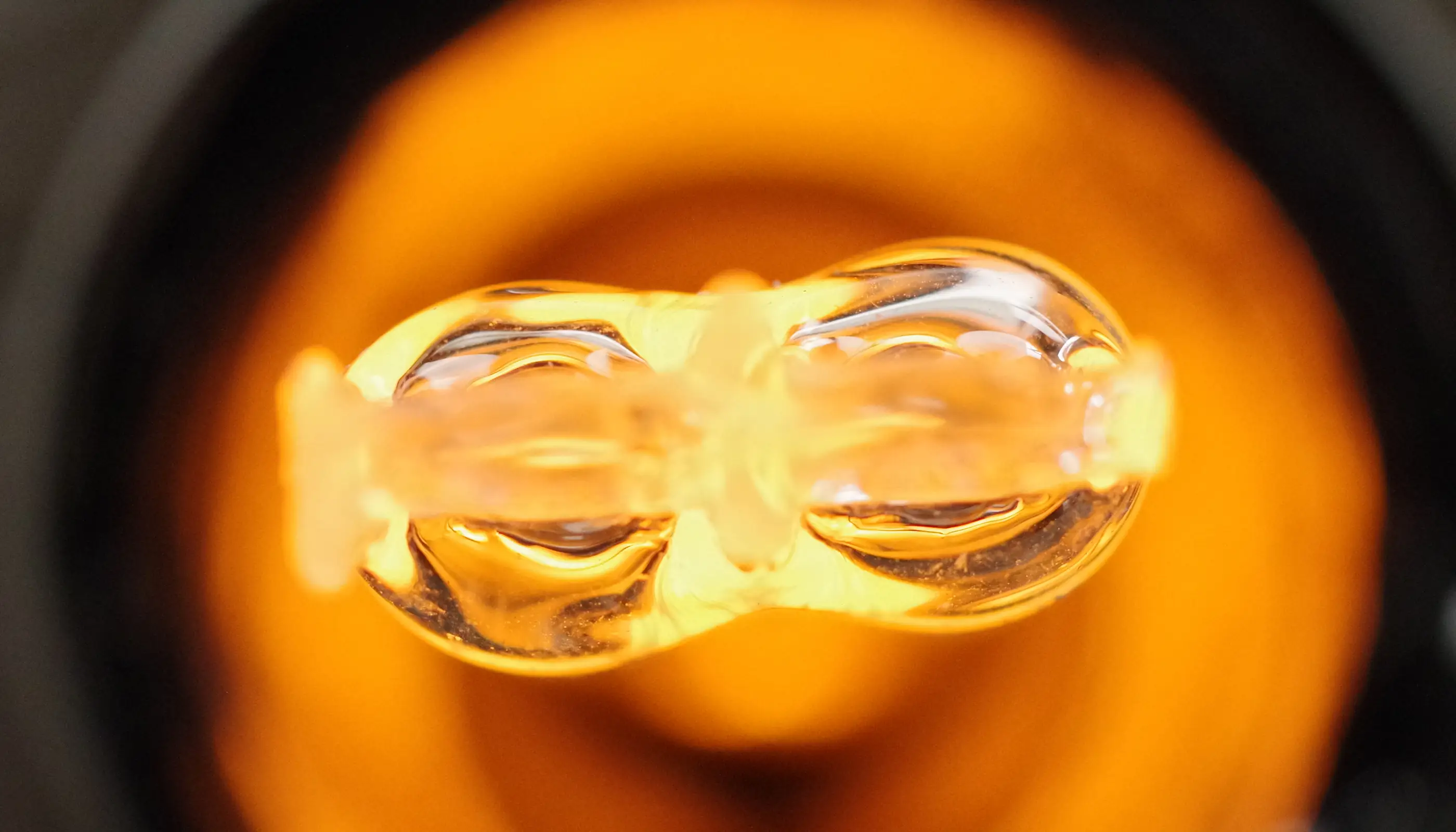The 4 scientific themes of MATEX
Developed in collaboration with industrial partners, the 16 scientific projects of MATEX are classified into four major research themes. However, it should be noted that they may belong to several of these themes. Indeed, it is impossible to separate the design or study of a multimeterial from its manufacturing process and the evaluation of its performance.
Multimaterials based on polymers and carbon
Structure, properties, bio-sourced components, and regeneration.
- New conductive composite materials with thermosetting matrices and carbon and/or metallic fillers.
- Improvement of reinforcement/matrix interfaces.
- New superhydrophobic coatings based on solvent-free polyurethane resins.
- Regeneration of carbon materials for the development of "platform" materials used in the elaboration of multimaterials.
Multicomponent coatings of metals and/or ceramics and resistance in extreme conditions
- Coatings and/or surface treatment for glass marking.
- Development of multifunctional coatings by plasma and laser processes for the automotive industry and study of their usage properties in extreme conditions.
- Design and development of multifunctional antibacterial and antiviral coatings.
- Optimization of the active element/collector interface in aluminum alloy for energy storage devices and mechanical applications from metal additive manufacturing.
- Glass/metal adhesion with reduction (or elimination) of adhesive at the interface.
Materials under extreme conditions
- Behavior and evolution at high temperatures of thermal batteries
- Development of innovative clamping concepts for high-temperature resistance
- Behavior of materials subjected to coupled solicitations
- Sintering under extreme conditions for the development of lead-free ceramic piezoelectric transducers
- Ceramic cores and filters for aeronautics
Development of specific instrumentation
- Development of a calibration-free Micro-LIBS (Laser-Induced Breakdown Spectroscopy) quantification system
- Chamber for temperature and atmosphere-controlled analysis of coatings using small-angle X-ray scattering


